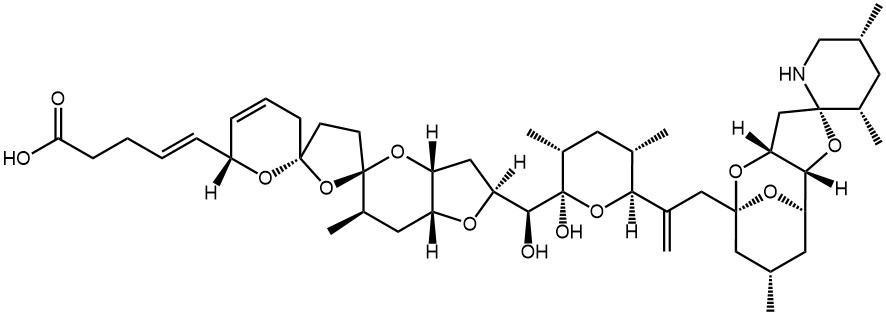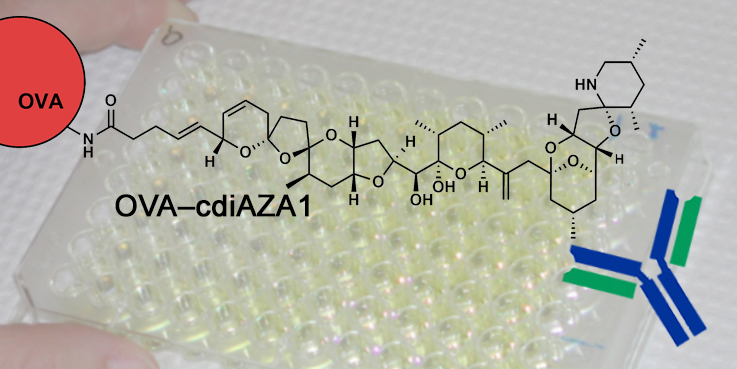A Practical ELISA for Azaspiracids in Shellfish and Algae
Azaspiracids (AZAs) are a group of natural algal toxins that appear periodically in shellfish. These toxins can cause food poisoning in humans and the first known poisoning episode happened in The Netherlands in 1995. The Irish shellfish consumed gave symptoms like stomach cramps, vomiting, severe diarrhea, and general nausea.

Current methods for quantifying the regulated AZAs are restricted to chemical analysis using LC-MS-instrumentation. Although LC-MS approaches work well for the detection and quantitation of the regulated AZAs in seafood, routine LC-MS methods are not well-suited to detecting novel AZAs and metabolites, which can sometimes be present in the absence of regulated AZAs. LC-MS instrumentation also mean expensive equipment and highly trained personnel.
Immunoassays can be a simpler and quicker analytical alternative and an ELISA method for total AZAs in shellfish was reported recently. Unfortunately, it used relatively large amounts of the AZA-1-containing plate-coating conjugate, consuming significant amounts of pure AZA-1 per assay. Therefore, a new plate-coater was produced, resulting in an ELISA with a working range of 0.30−4.1 ng/mL and a limit of quantification of 37 μg/kg for AZA-1 in shellfish. This ELISA was nearly twice as sensitive as the previous ELISA while using 5-fold less plate-coater.
The new ELISA have a broad recognition of azaspiracids, detecting all available quantitative AZA reference materials as well as the precursors to AZA-3 and AZA-6. Results from shellfish analyzed with the new ELISA showed excellent correlation (R2 = 0.99) with total AZA-1−10 by LC-MS. The results suggest that the new ELISA is suitable for screening samples for total AZAs, even in cases where novel AZAs are present and regulated AZAs are absent, such as was reported recently from Puget Sound and the Bay of Naples.

Read more here